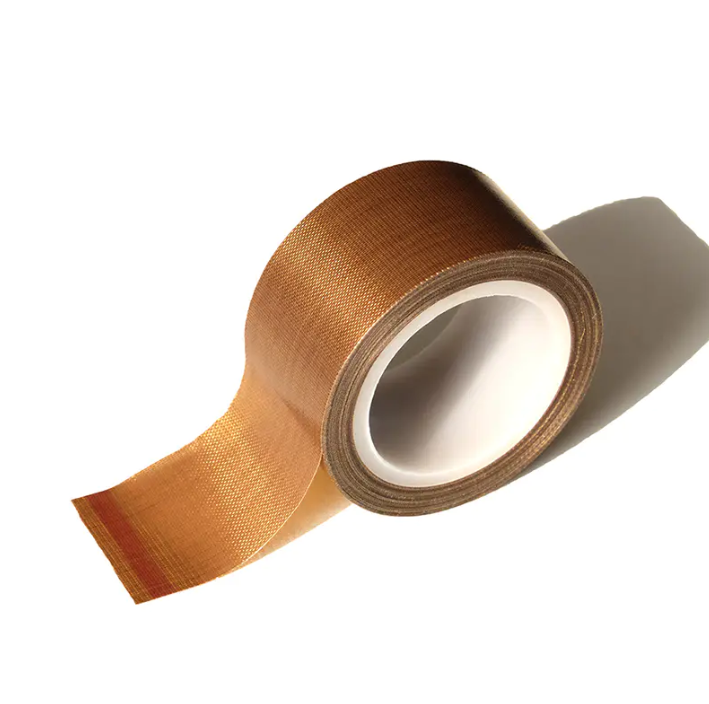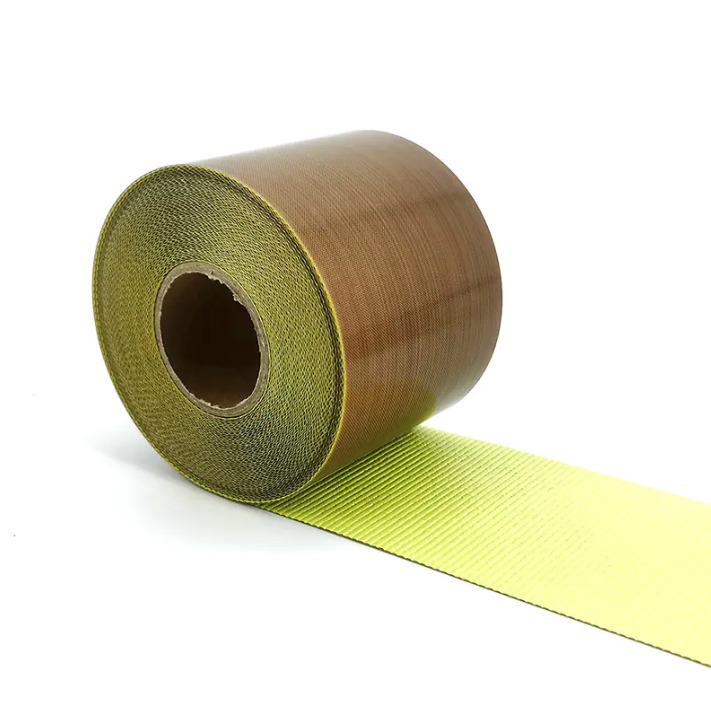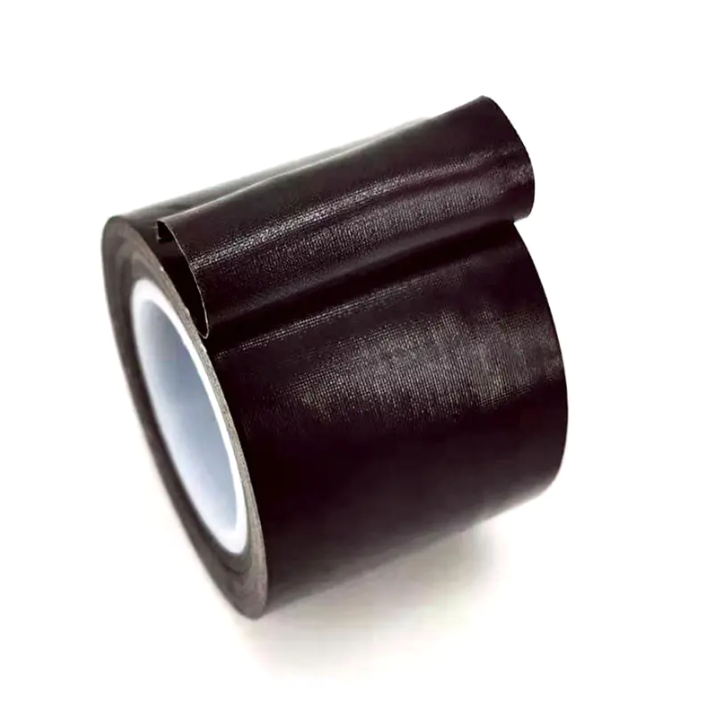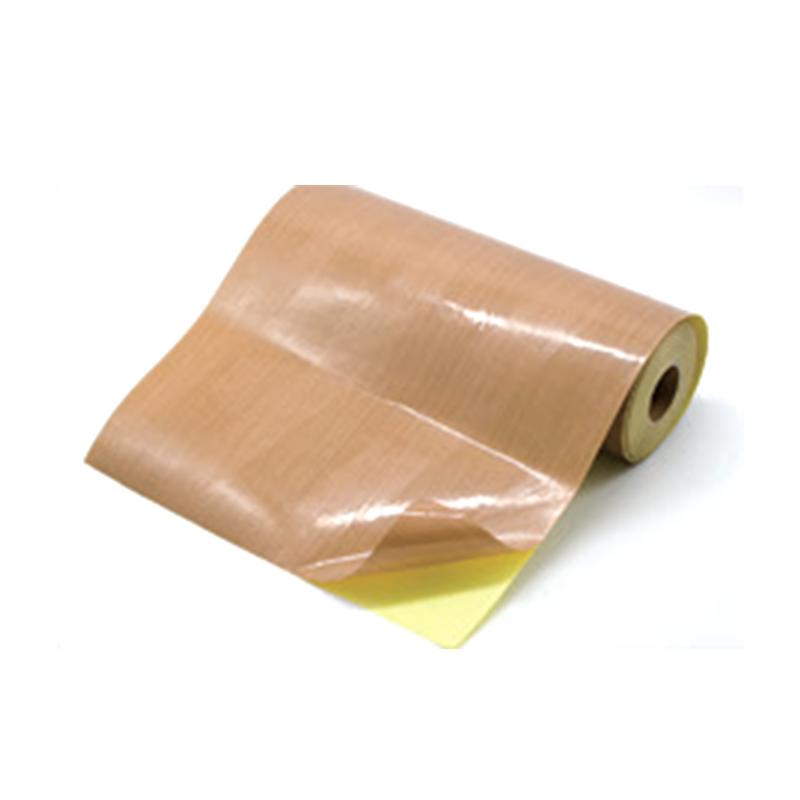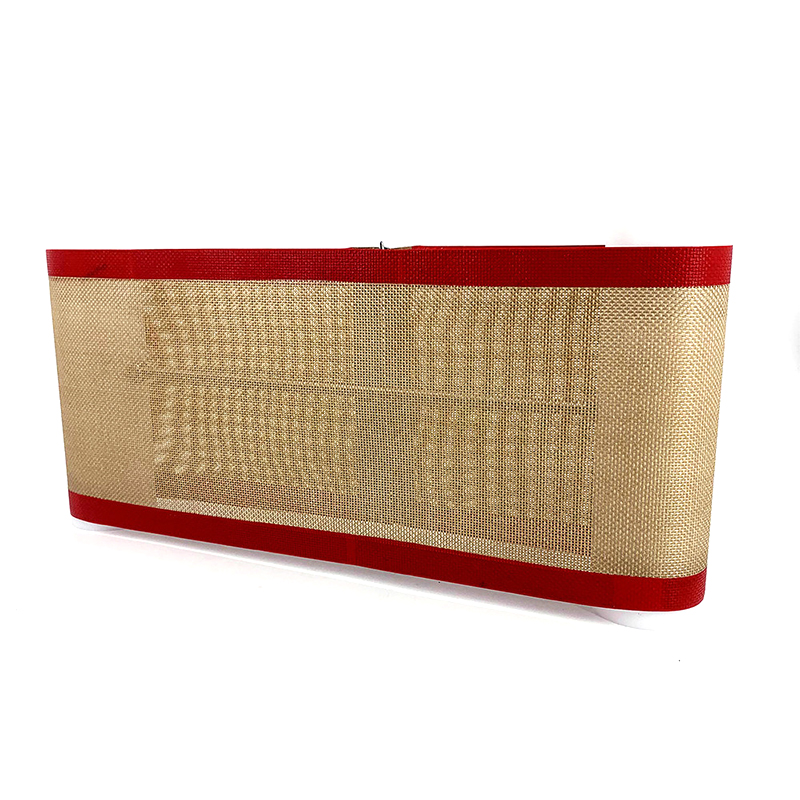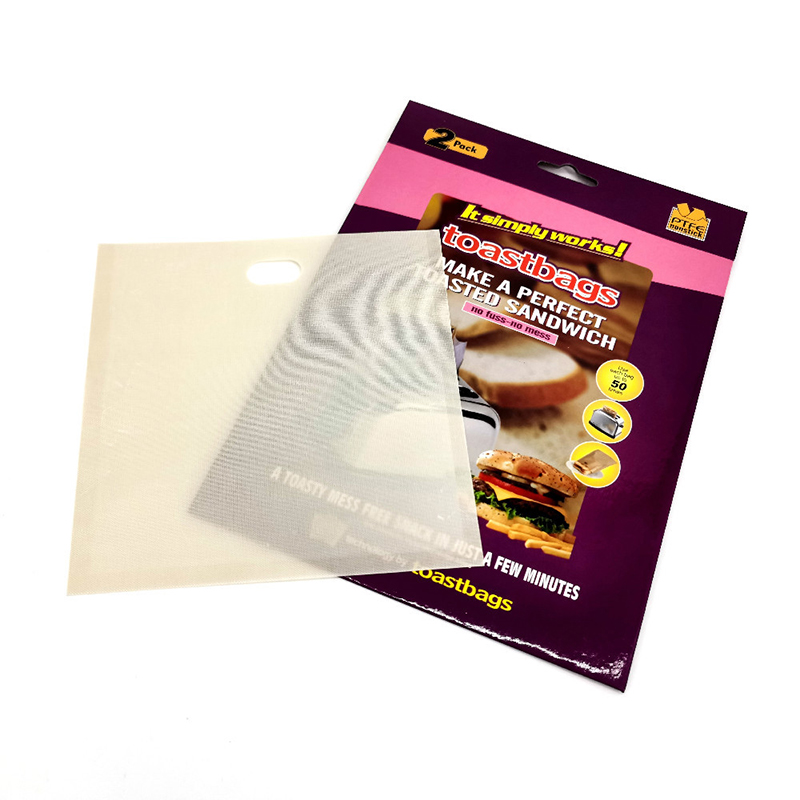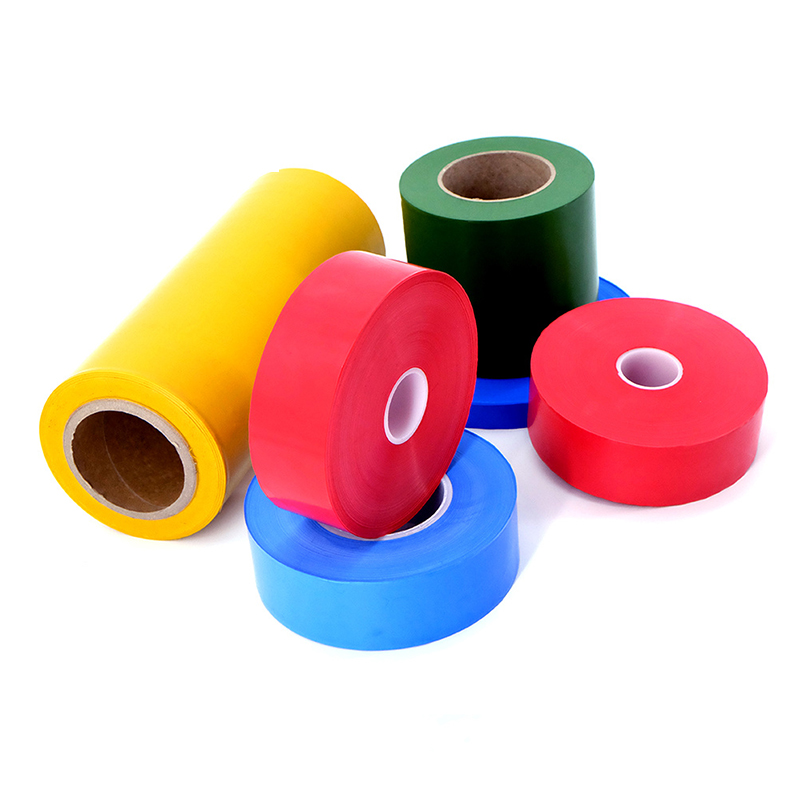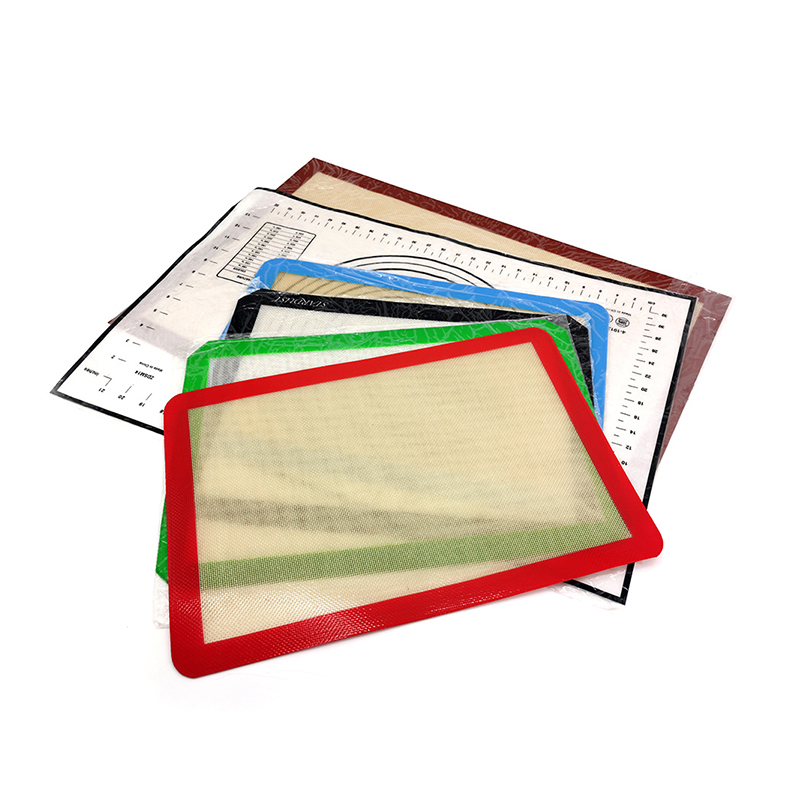Can PTFE Tape With Silicone Adhesive solve the pain points of traditional sealing materials?
In modern industrial production and equipment maintenance, sealing materials play a vital role. Whether it is a high-pressure pipeline in petrochemicals or a tiny component in electronic manufacturing, the quality of the seal is directly related to the safe operation and service life of the equipment. However, traditional sealing materials often become the source of equipment safety hazards due to poor temperature resistance, easy aging, and weak bonding. This not only brings maintenance difficulties, but also leads to huge economic losses.
Faced with these challenges, the research and development of new sealing materials has become the focus of industry attention. In recent years, PTFE Tape With Silicone Adhesive has been widely discussed due to its excellent performance. Can it break through the limitations of traditional sealing materials and become a real solution? This article will explore this issue in depth and analyze its performance advantages, application value and future development potential.
1. Deficiencies and challenges of traditional sealing materials
1.1. Obvious performance limitations
Traditional sealing materials are mostly rubber, polyurethane, foam, etc., which generally have narrow temperature resistance and weak chemical corrosion resistance. Under high temperature, high pressure and strong corrosive environment, these materials are easy to soften, deform or even fail, resulting in a significant increase in the risk of leakage.
1.2. Complex construction and high maintenance cost
Many traditional sealing solutions require multi-step construction and have high requirements for the operating environment and technical personnel. The laying, fixing and maintenance process of sealing materials are cumbersome. Once a problem occurs, the maintenance cycle is long and the maintenance cost rises accordingly.
1.3. Safety hazards and economic losses
Failure of sealing not only causes equipment damage, but may also cause serious safety accidents such as leakage and explosion. Especially in high-risk industries such as chemicals and petroleum, insufficient sealing quality will bring immeasurable safety and economic costs.
2. Core performance of PTFE Tape With Silicone Adhesive
2.1. Unique characteristics of PTFE material
PTFE (polytetrafluoroethylene) has a very low friction coefficient and excellent chemical corrosion resistance due to its stable molecular structure. It can withstand the erosion of most acids, alkalis and organic solvents, and has a wide temperature range (up to 260°C or above), and performs well in harsh environments.
2.2. Advantages of Silicone Adhesives
Silicone adhesives have excellent high temperature resistance and elasticity, and maintain stable bonding even in high temperature environments. It also has good weather resistance and UV resistance, making it suitable for outdoor and extreme climate conditions.
2.3. Synergistic effect of dual performance
Combining PTFE film with silicone adhesive not only integrates the excellent performance of both, but also achieves the complementarity of materials. PTFE provides mechanical protection and chemical stability, and silicone ensures strong bonding, making the tape durable and easy to apply in applications.
3. Analysis of the ability to solve the pain points of traditional sealing
3.1. Excellent high temperature and corrosion resistance
PTFE Tape With Silicone Adhesive can be used stably for a long time in high temperature environments, and will not deform or fail due to temperature fluctuations. At the same time, it can maintain integrity in the face of various corrosive media to ensure that the sealing effect is not affected.
3.2. Long-lasting and strong bonding effect
Silicone adhesives enable the tape to adhere firmly to various material surfaces, such as metals, plastics and composite materials, to avoid shedding caused by vibration, expansion and contraction and other factors.
3.3. Convenient construction and adaptability to complex working conditions
Sealing materials in the form of tapes are easy to carry and operate, eliminating the tedious construction process of traditional sealing materials. Its flexibility enables it to fit tightly to joints and interfaces of various shapes, improving the sealing integrity.
3.4. Prevent leakage and ensure equipment safety
Through reliable sealing effects, the risk of medium leakage is reduced, environmental pollution and safety accidents are avoided, and the safety of equipment operation is improved.
4. Application areas and actual cases
4.1. Application in the petrochemical industry
In petroleum and chemical pipeline systems, equipment faces high temperature, high pressure and corrosive media, and traditional sealing materials are difficult to meet stringent requirements. PTFE Tape With Silicone Adhesive has become an ideal choice for key joints and pipeline sealing due to its heat and corrosion resistance.
4.2. Sealing protection in the electronics manufacturing industry
Electronic equipment has extremely high requirements for the insulation and chemical resistance of sealing materials. The elasticity of silicone adhesives and the insulation properties of PTFE are perfectly matched, providing effective protection for sensitive electronic components.
4.3. Sealing Challenges in the Automotive Industry
Automotive engines and pipeline systems require sealing materials that are resistant to high temperatures, high pressures, and vibrations. The flexibility and stability of the tape help solve the problem of easy aging and cracking of traditional seals, and improve automotive reliability.
4.4. Wide Application in Other Industries
In addition, the sealing material is also suitable for a number of high-standard fields such as food processing, medical devices, and aerospace, meeting the sealing requirements of different working conditions.
5. Precautions for Using PTFE Tape With Silicone Adhesive
5.1. Correct Construction Method
To ensure the sealing effect, the substrate surface must be cleaned and kept dry before construction. The tape must be evenly wound along the sealing surface to avoid wrinkles and bubbles, and ensure full contact of the adhesive.
5.2. Maintenance and Care Recommendations
Check the sealing status regularly, especially in high temperature and high pressure environments, and replace the aged tape in time to maintain the long-term stability of the seal.
5.3. Common Misunderstandings and Solutions
Misunderstandings such as over-stretching the tape or ignoring surface treatment may lead to a decrease in adhesion. Correct training of construction personnel and improvement of construction processes are the key to ensuring sealing quality.
6. Inspiration for the future development of sealing materials
6.1. Material innovation promotes the progress of sealing technology
The success of PTFE Tape With Silicone Adhesive demonstrates the great potential of material innovation in solving the bottleneck of traditional technology. In the future, the combination of composite materials and high-performance adhesives will become the mainstream of the development of sealing technology.
6.2. The trend of combining green environmental protection with high performance
Environmental protection regulations are becoming increasingly stringent, and sealing materials need to take into account both performance and environmental protection. The solvent-free and low-pollution characteristics of this tape meet the needs of green manufacturing and promote the industry to develop in a sustainable direction.
6.3. Potential for broad application prospects
With the advancement of industrial automation and intelligent manufacturing, the demand for efficient and reliable sealing materials continues to grow. PTFE Tape With Silicone Adhesive is expected to play an important role in more fields.
Summary
PTFE Tape With Silicone Adhesive has successfully overcome many pain points of traditional sealing materials with its excellent high temperature resistance, corrosion resistance and strong bonding properties. It not only simplifies the construction process, improves the stability and safety of sealing, but also brings significant economic benefits to various industrial applications.
Facing the complex and ever-changing industrial environment, choosing such a high-performance sealing material is an effective way to improve equipment operation reliability and reduce maintenance costs. In the future, with the continuous advancement of technology, such innovative materials will be widely used in more fields, pushing the sealing industry to a higher level.



 English
English Español
Español русский
русский
